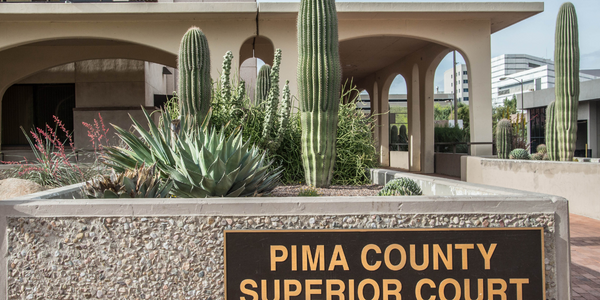Download PDF
GPS INSIGHT SUCCESS STORY: Parks & Sons Saves $150,000 in Fuel Costs After Implementing GPS Insight
Technology Category
- Sensors - GPS
Applicable Industries
- Recycling & Waste Management
Applicable Functions
- Logistics & Transportation
Use Cases
- Vehicle Telematics
- Fleet Management
Services
- System Integration
The Challenge
Parks & Sons, a waste and recycling hauler in Sun City, Arizona, experienced substantial growth over the past 10 years, significantly expanding their footprint across the Phoenix area. Prior to tracking their fleet with GPS technology, the dispatchers and area supervisors were relying heavily on CB radio and cellular devices to communicate the physical location and destination of their drivers across 50 to 65 varying routes. This led to an unnecessary level of calls throughout the day relaying simple, yet vital, location information. As new stops were added to routes, assigning them was a manual process; one that did not account for inefficient route overlaps. Inefficiencies add unnecessary cost to any organization. Not only do route overlaps extend the amount of time it takes to complete area pickups, it extends the usage of the vehicle and the fuel it takes to operate the vehicle. Parks & Sons needed a better system to understand which vehicles needed servicing and a better way to get them back on the road as quickly as possible.
About The Customer
Parks & Sons is a family-owned and locally-operated waste and recycling hauler in Sun City, Arizona that prides itself on customer service. Never wavering from its core values, Parks and Sons has been operating for over 50 years and now maintains a fleet of over 75 collection and service vehicles. In their ongoing efforts to maintain fair, flat and consistent rates for their customers, Parks & Sons has embraced an increased role of technology in operating their business by implementing GPS Insight vehicle tracking devices across 60 of their most heavily used vehicles.
The Solution
Parks & Sons implemented GPS Insight vehicle tracking devices across 60 of their most heavily used vehicles. With GPS Insight, dispatchers at Parks & Sons could get an easy to use birds-eye view of where their trucks were at any given point. No longer would they need to rely on phone calls or CB radio communications to relay a driver’s current location or destination. This significantly reduced the dispatchers’ time spent on these tasks and allowed them to focus on revenue generating tasks like, taking more orders or expanding service to customers. Route inefficiencies were also addressed through the GPS Insight route replay feature. Dispatchers were able to see the routes for multiple vehicles at one time. By correcting these route inefficiencies and improving overall vehicle usage, Parks & Sons has seen a fuel savings of $150,000 in the first year alone, far surpassing their initial return on investment. The organization developed a custom built application specifically for vehicle maintenance. With GPS Insight’s flexibility to integrate valuable data across nearly any platform, integrating with the custom built Parks & Sons application was a very intuitive process.
Operational Impact
Quantitative Benefit
Related Case Studies.

Case Study
Water Treatment Energy Management
Water pumping, treatment and conveyance are among the largest energy and cost outlays for many local and regional municipalities. Electricity time-of-use rates and peak pricing tariffs are driving those costs even higher. This case study describes how Monterey Regional Water Pollution Control Agency (MRWPCA) implemented a process data monitoring and control solution in order to analyze and optimize energy use, reduce deployment costs and save operational expenses.

Case Study
Pima County takes significant steps in preserving water source
Pima County is facing the following challenges: - Management of more than 60 million gallons of sewage each day to support the region’s population of more than 1 million people. - To take immediate action when alarms sound alerting operators to issues within the plant The solution should be able to enable the following feature: - To ensure capture of institutional knowledge of current workforce for effective training of future operators - To employ an effective Situational Awareness strategy enabling personnel to effectively understand and address operations of the facility - With assets spread out over more than 700 miles, operational management is difficult

Case Study
A SMART SOLUTION FOR A CIRCULAR ECONOMY
A detailed study conducted by a student from Universidad Pontificia Comillas ICAI in Spain highlighted the need for ecologically safe and sustainable products. While recycling plays an important role in the circular economy, many consumers don’t recycle for a variety of reasons, including lack of space, inconveniently located recycling centers and collection containers, or distrust and/or disbelief in the recycling process. Organizations needed a model that made recycling easier and more accessible for everyone.

Case Study
Conveyor Belt Monitoring
In a smart environment of management, control and industrial automation, one of the key elements to anticipate failures and increase productivity is to be able to monitor the status and use of conveyor belts of any kind of sector, whether it is for logistics or manufacturing.







